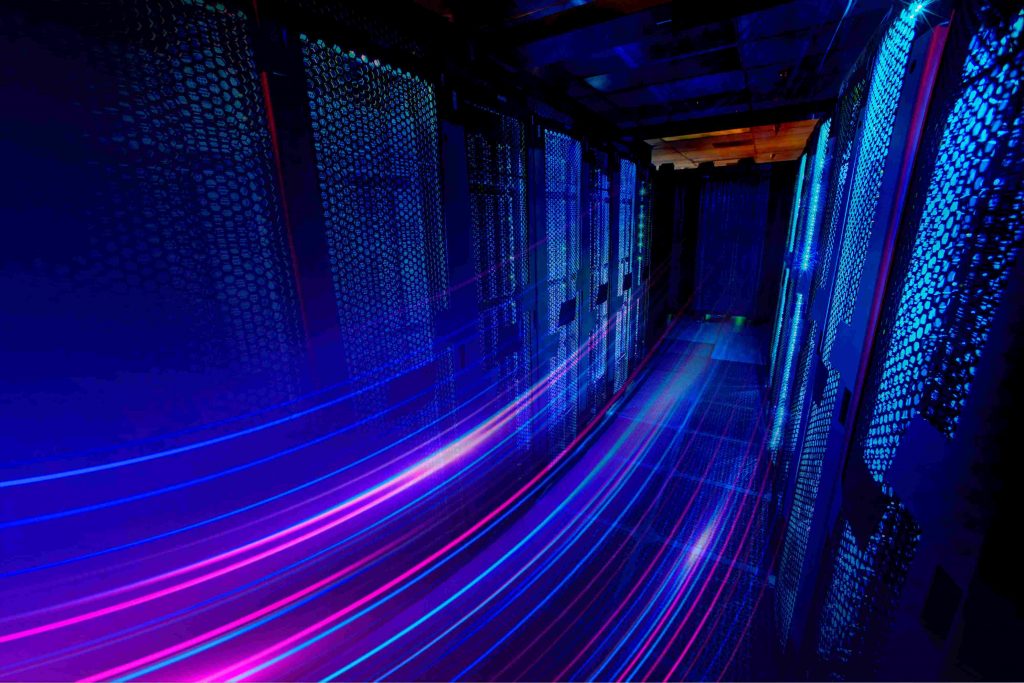Not when you know that your competitor is just a click away and consumers have a remote in their mind, giving you 10 seconds to get their attention or you lose them to your competitor patiently waiting for them. This is where the content delivery network comes in! When you direct users to your website through diverse effective marketing strategies, you create traffic on your website. However, heavy network traffic or unbalanced server load can slow your data transport significantly, hence frustrating your end-users. What happens? They leave. I’ll bet you don’t want to stay on a slow website also. Content Delivery Network is what helps you to address this challenge by anticipating it and preventing it. Smart Content Delivery Network builds on this existing technology, augments it, and makes things even better.
What Smart Content Delivery Network Does
How Smart Content Delivery Network Works
Content Delivery Network reduces the propagation rate of all the data packets. However, although it is impossible to alter the speed at which packets travel, it is possible to alter (reduce) the distance by which they travel, by strategically positioning servers closer to end-users. This is how the content delivery network works. Let’s say 2 computers are connected by cords using a cord, it is possible to communicate. However, a problem occurs when we scale up to 5, 10, or more computers. Not only would we need more cables but also more ports to connect them. Difficult right? Yes. In communication networks, topology is the arrangement of communication networks. There are 2 types of topology; Logical and physical topology. Physical Topology refers to the physical placement of various network components; Logical Topology on the other hand refers to the flow of data within a network. To connect 5, 10, or more computers, we may choose different networks such as
Ring NetworkBus NetworkStar Network
Each of these networks has advantages and disadvantages. However, in real life, we use the Star Network at home. When you make an Internet request on your Google computer, your router connects you to a larger Network owned by your Internet Service Provider (ISP). Each ISP maintains its local network for all users (Yours and Google inclusive). Should you and your Google server be on the same ISP, you are likely to get a speedy response to your request. But because it’s not possible to connect billions of people and their Google Server on the same ISP, these ISPs need to communicate with each other using IXP or Internet Exchange Points. These Internet Exchange Points not only solve the complexity problem of multiple ISPs but also resolve the challenge of geographical location through optic cables passed under the sea. This is how 2 or more computers communicate and are connected. However, there’s a problem. There are lotta ISPs and IXP. Also, there are a lot of underground fiber-optic cables (about 485) lying under the sea. A transmission medium to transfer the signal is needed. Different transmission mediums for signal transfer exist such as Air when you connect 2 computers using Wi-Fi, Copper wire when you connect your PC to your router, and optical fibers for the Internet. While you may be thinking, why not adopt air as the medium of signals transmission for the Internet as GPS does, it is cheaper and easier to maintain optical fibers under the sea than in the air. Also, the transmission of signals via air is not good for signal quality. However, it is faster to transmit through the air than through optical fibers in seas. But since it’s cheaper and easier to maintain, the world would continue to use optical fibers until the status quo changes, which is why you need a smart content delivery network to bring the server closer to your users.













